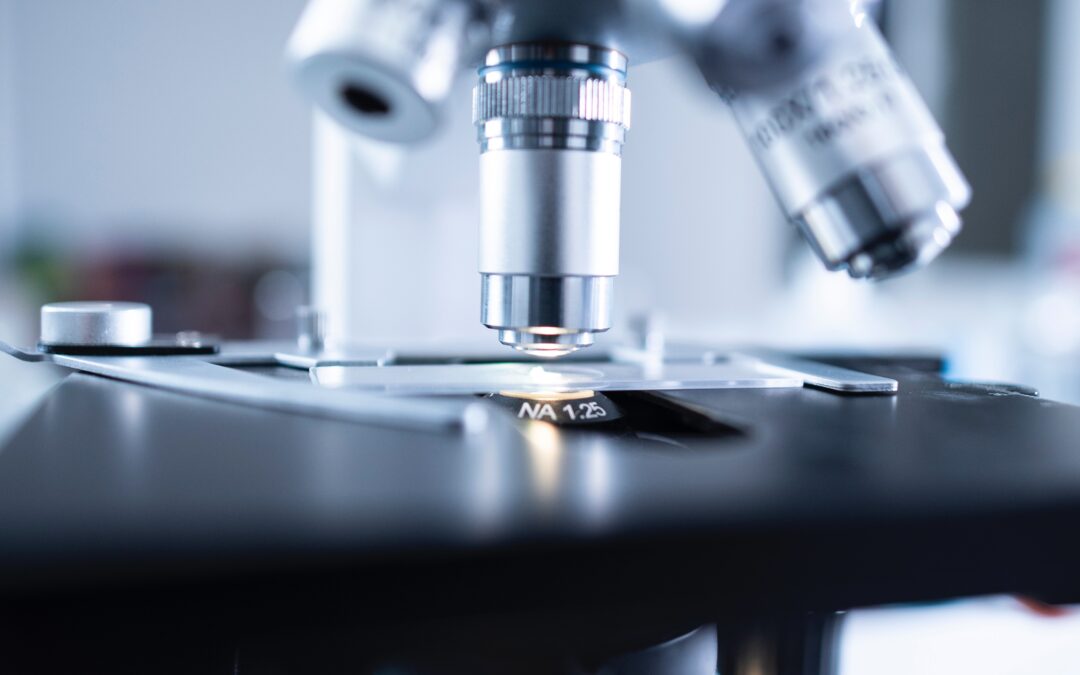In the realm of medical device manufacturing, precision and repeatability is paramount. Every component, from implants to diagnostic equipment, must meet stringent quality standards. Achieving this level of accuracy requires specialized tools and processes, with fixturing playing a pivotal role. However, oftentimes, production fixturing is left to the end of development, frequently rushed, and poorly validated. This blog explores the significance of fixturing in medical manufacturing (and why you should start development early) and how it contributes to the production of high-quality, life-saving devices.
I. Understanding Fixturing in Medical Manufacturing
Fixturing refers to the process of securely holding and positioning workpieces during manufacturing operations. In medical device production, fixturing involves creating custom-made tools, jigs, and fixtures that ensure consistent and accurate fabrication of components. These fixtures are tailored to the specific geometries and tolerances of a device or process. They may be as simple as a manually loaded nest, or as complicated as a fully automated spray tool with binocular vision and machine learning for quality assurance.
II. Ensuring Precise Machining and Assembly
In the production of intricate components like surgical implants or complex diagnostic equipment, tolerances can be very tight, frequently measured in micrometers. Fixtures are meticulously designed by experienced personnel to hold workpieces in place during machining, welding, or other assembly processes. Processes like 3D printing may be adequate for some parts and processes, while others require high-precision milling. While this detailed development work can take some time, it pays dividends in the end by providing a repeatable, quality part or assembly. Without taking the time to adjust the level of fixture to the required tolerances, you may be chasing your tail trying to get a good final product.
III. Enhancing Reproducibility and Consistency
Fixturing serves as a critical element in achieving reproducibility across all production runs of a medical device. By stabilizing workpieces in a consistent manner, fixtures help eliminate variability in manufacturing outcomes. This is crucial in ensuring that each device meets the same high standards of quality and performance. Knowing that a process produces the needed result is achieved by properly validating your equipment, fixtures, and process. Skipping this step is bad news, and will most likely lead to further trouble down the road. Furthermore, these fixtures, and even the entire assembly line, once validated may be reproduced as needed to account for larger production volumes. Just keep in mind that if you move or duplicate your equipment or fixturing, validation needs to be rerun.
IV. Facilitating Complex Operations
Building complex parts by hand is a miserable experience and can lead to terrible (and expensive) yields. At FPD, we require our engineers to build the first few units of any product to help smooth Production issues and speed up incorporation of design for manufacturability. Many medical devices, such as orthopedic implants or intricate surgical instruments, require multiple, precise operations. Fixtures enable the seamless execution of these operations by providing a stable and controlled process step. This allows for intricate tasks, like assembling small components for laser welding, to be performed with accuracy and efficiency. Time is money after all.
V. Minimizing Material Waste and Maximizing Efficiency
Well-designed fixtures can significantly reduce material waste in the manufacturing process, thus directly impacting the bottom line of a production line. By securely holding workpieces and/or aiding in assembly, manufacturers can confidently execute operations without the fear of costly errors or damage to materials that would occur with a hand operation. This efficiency not only saves resources but also contributes to a more sustainable manufacturing process.
VI. Compliance with Regulatory Standards
In the highly regulated field of medical manufacturing, adherence to strict quality and safety standards is non-negotiable. Fixturing plays a crucial role in ensuring that every device meets or exceeds these standards. Properly designed fixtures help manufacturers maintain compliance with regulatory bodies, not to mention engineering requirements, and assuming a correct design, ultimately guaranteeing the safety and efficacy of medical devices.
VII. Continuous Improvement and Innovation
The evolution of medical technology necessitates constant innovation in manufacturing processes. Fixturing techniques are continuously refined to accommodate new materials, designs, and manufacturing methodologies. This ongoing pursuit of excellence ensures that medical devices remain at the forefront of technological advancement. Just be sure to properly update your documentation as well!
Conclusion
In the world of medical manufacturing, precision and quality are paramount. Fixturing stands as a linchpin in this process, enabling the production of life-saving devices with unparalleled accuracy and consistency. As technology advances and demands for higher quality medical devices continue to grow, the role of fixturing in this field will only become more crucial. Through innovative design and engineering, manufacturers will continue to push the boundaries of what is possible, ultimately benefiting patients around the world.

info@flyingpigdesignsllc.com
(720) 627-7778
555 Alter St. STE 19-D Broomfield, CO 80020



Recent Comments